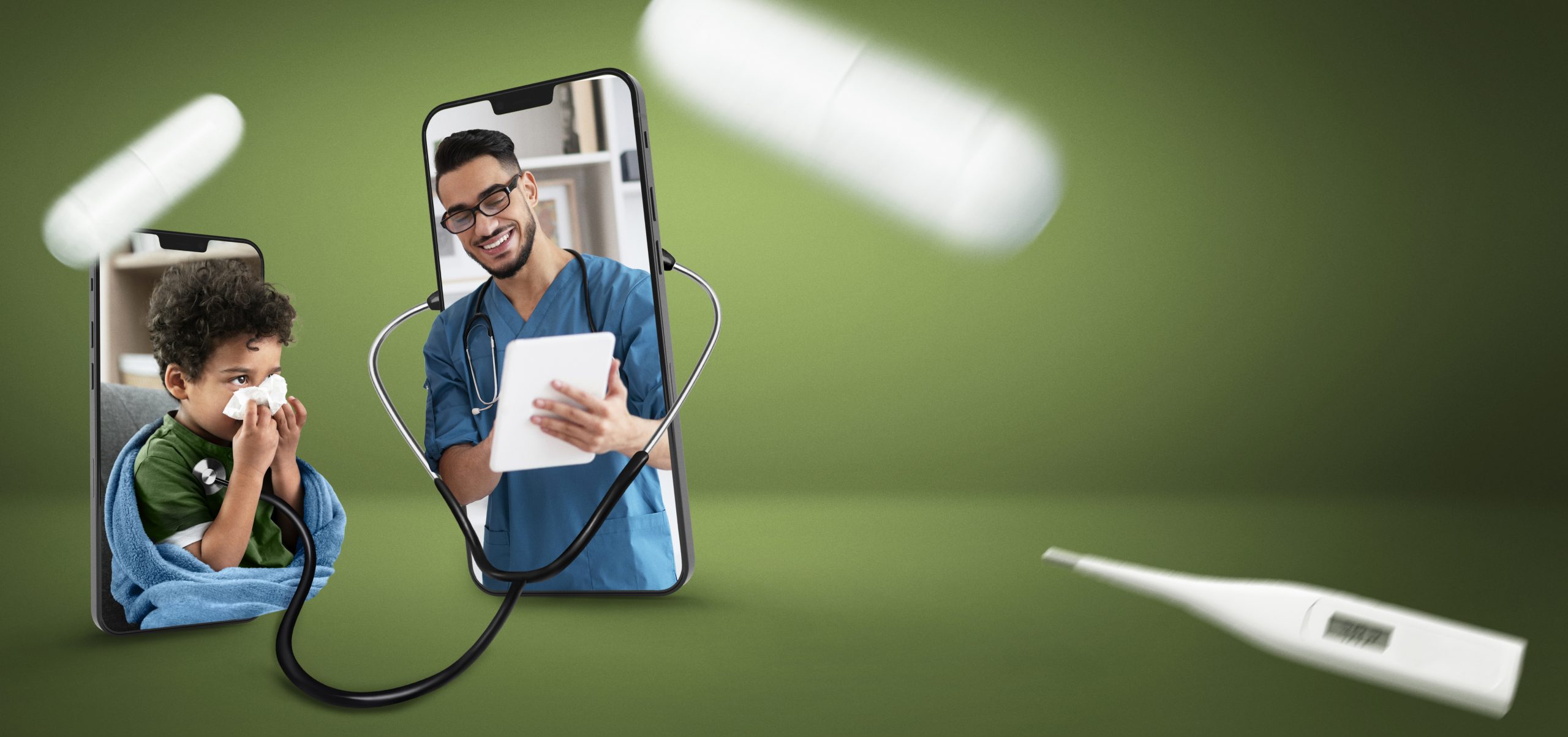

There is a severe paucity of pediatric specialized care physicians available in many rural and community emergency rooms. As a result, when a kid is diagnosed with an acute illness in one of these clinics, they are often sent to local pediatric centers for more extensive care.
Sometimes, these hospital-to-hospital (or interfacility) transfers are not necessary. They can be quite taxing on patients and their families, who might have to travel for hours to get better, more specialized care. There are significantly fewer interfacility transfers when pediatric critical care telemedicine consultations with doctors in rural and community emergency departments are conducted, according to new UC Davis Health research. Today, the study was released in JAMA Network Open.
“This is the first randomized clinical trial assessing the impact of telemedicine consults on transfer rates compared to what is the current standard of care: telephone consultations,” said lead author James Marcin, vice chair for pediatric clinical research, director of the UC Davis Center for Health and Technology and UC Davis critical care physician. The usage of telemedicine and parent and provider satisfaction, measures of care quality, and transfer choices in the emergency room have all been linked, according to Marcin’s prior research.
In order for pediatric doctors to visually evaluate patients and provide specific advice in pediatric instances, more than half of emergency rooms in the US use telemedicine.
Two years, 15 emergency departments, 696 children
In the two-year research, 15 emergency departments in small-town and rural hospitals in Northern California were randomly assigned to consult with pediatric critical care doctors by telephone or telemedicine.
Each location has high-resolution, pole-mounted videoconferencing telemedicine systems with pan-tilt-zoom capabilities that can stream high-definition video over the Internet.
The study looked at whether or not a patient was moved to UC Davis Children’s Hospital after receiving pediatric critical care advice. The sole pediatric referral facility in the area for kids with the highest acuity conditions is UC Davis Children’s Hospital.
All kids aged 14 or younger who visited a participating emergency room for treatment of an acute medical issue that necessitated consultation with a pediatric critical care doctor from UC Davis were included in the study. The study did not include kids who had recently experienced severe bodily trauma.
The referring physician, a bedside nurse, a respiratory therapist, the patient, and, if available, the patient’s parents or legal guardians participated in telemedicine consultations. They included a visual evaluation and a medical examination of the patient.
Fewer transfers with telemedicine
A total of 696 children participated in the study. The study found that 84% of patients assigned to telemedicine and 90.6% of those assigned to telephone consults were transferred to UC Davis Children’s Hospital.
“We found that by using a relatively low-cost telemedicine intervention, children can be successfully evaluated, treated, and either discharged or admitted locally from their rural and community hospitals,” Marcin said. “Our findings are important because they demonstrate that telemedicine can support emergency department clinicians’ ability to care for pediatric patients locally.”
Nathan Kuppermann, Bo Tomas Brofeldt endowed chair of the UC Davis Department of Emergency Medicine and senior author of the study, said these findings are of vital importance to the health of children in the United States.
“There are not nearly sufficient numbers of pediatric emergency medicine physicians to staff even a fraction of the emergency departments in this country,” Kuppermann said. “Telemedicine can help provide that expertise in real time to not only assist with clinical management, but also with disposition decisions. This includes avoiding unnecessary transfers, which allow many children to stay in their home communities.”
Other study authors were Hadley Sauers-Ford, Jamie Mouzoon, Sarah Haynes, Ilana Sigal, Daniel Tancredi and Monica Lieng of UC Davis Health, and Parul Dayal of Genentech.
more recommended stories
 Gestational Diabetes Risk Identified by Blood Metabolites
Gestational Diabetes Risk Identified by Blood MetabolitesKey Takeaways (Quick Summary for Clinicians).
 Pelvic Floor Disorders: Treatable Yet Often Ignored
Pelvic Floor Disorders: Treatable Yet Often IgnoredKey Takeaways (Quick Summary) Pelvic floor.
 Circadian Control of Neutrophils in Myocardial Infarction
Circadian Control of Neutrophils in Myocardial InfarctionKey Takeaways for HCPs Neutrophil activity.
 E-Cigarette Use and Heart Attack Risk in Former Smokers
E-Cigarette Use and Heart Attack Risk in Former SmokersKey Takeaways for Clinicians and Nurses.
 Ultramarathon Physiology: What HCPs Should Know?
Ultramarathon Physiology: What HCPs Should Know?Ultramarathon Metabolism: What Happens to the.
 High-Intensity Training and Oxidative Stress Insights
High-Intensity Training and Oxidative Stress InsightsNew Evidence Linking High-Intensity Training and.
 Sterilized Fermented Beverage for Obesity: New Evidence
Sterilized Fermented Beverage for Obesity: New EvidenceEarly Insights Into a Sterilized Fermented.
 Cardiovascular Risk and Sudden Cardiac Death in Diabetes
Cardiovascular Risk and Sudden Cardiac Death in DiabetesRising Sudden Cardiac Death (SCD) Risk.
 Perinatal Mental Health Challenges Highlighted in New Study
Perinatal Mental Health Challenges Highlighted in New StudyMental Health Challenges in New Parents:.
 Walking Speed Before Hip Replacement Predicts Recovery
Walking Speed Before Hip Replacement Predicts RecoveryNew Evidence Points to a Simple,.

Leave a Comment